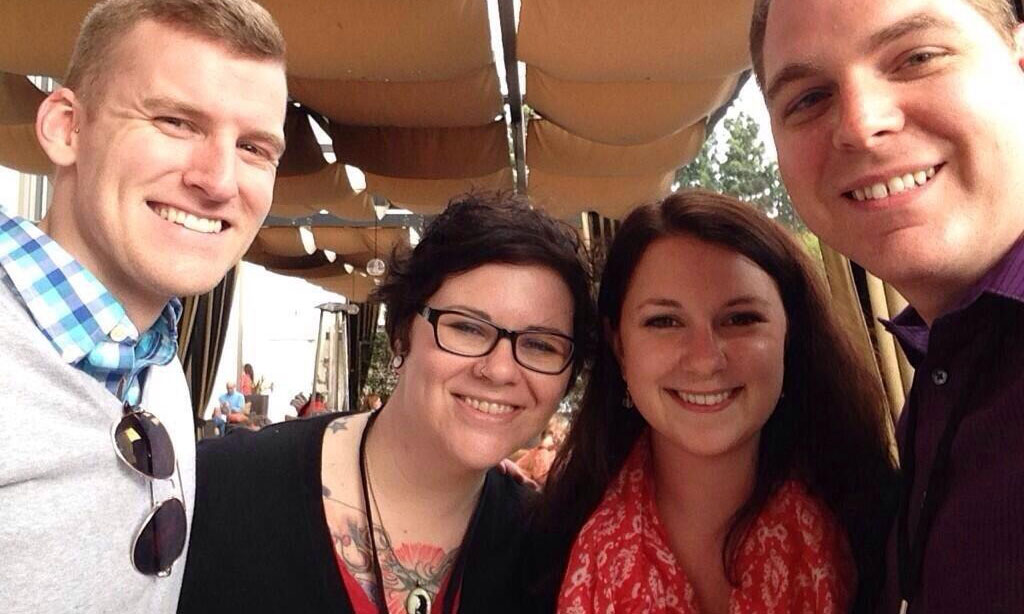
Suicide-Prevention Group Puts Focus on Survivors
In a decision that could change the long-standing focus of the organization, the American Association of Suicidology voted this month to expand its mission to include those who have attempted suicide but survived. The association says the change could boost prevention efforts.
It’s a difficult topic to talk about—clearly—but this association hopes to spark a conversation.
In a board meeting last week, the American Association of Suicidology announced it would create a new division focused on people who have survived a suicide attempt and others in their lives who have been affected by it.
“This is a pivotal time in our association as we embrace people who have lived with the experience of suicide,” AAS wrote in a statement [PDF].
Statistics suggest that for each person who commits suicide in a given year, many more attempt to take their own life, and many others report having suicidal thoughts.
Notably, according to the Centers for Disease Control and Prevention [PDF], 38,364 people committed suicide in 2010, making it the 10th-leading cause of death for that year. But that number downplays the issue: Among U.S. adults in 2010, more than 8.3 million reported having suicidal thoughts, 2.2 million made plans to kill themselves, and 1 million went through with attempts. And for teenagers, the numbers are even higher.
This is a pivotal time in our association as we embrace people who have lived with the experience of suicide.
But as a Newsweek cover story pointed out last year, an ongoing stigma around suicide has made prevention a challenge.
“Suicide is the rare killer that fails to inspire celebrity PSAs, 5K fun runs, and shiny new university centers for study and treatment,” author Tony Dokoupil wrote.
Next Steps
For AAS, this is where efforts to highlight survivors’ experiences can help.
The association is already taking action on this front, including launching the Attempt Survivors blog, which collects videos and articles by survivors willing to share their stories. The board vote will help to formalize these efforts.
The group’s work in this area was reflected at its annual meeting last week, when a number of contributors to the blog and activists for suicide attempt survivors, such as photographer Dese’Rae L. Stage, spoke during a conference session.
“I wanted to talk to someone where there was no one, so I wanted to become the one to talk to,” Stage, the founder of the “Live Through This” project, said in her presentation. Stage, who attempted to take her life in 2006, has worked on creative projects that reflect the experience of survivors.
AAS is planning more of this type of programming, organizing a speakers bureau of survivors and conducting research to analyze how audiences react to their stories, according to The New York Times. Previously, such revelations have been seen as taboo.
“For some people, the experience is a core part of their identity, and for others, it’s an experience that happened and they’ve moved on—they’re an accountant, a triathlete, an artist, whatever it is,” AAS President William Schmitz Jr. told the Times. “This is the best advertisement for getting treatment, showing that people get better and lead full, productive lives.”
Panel speakers Misha Kessler, Dese’Rae Stage, Samantha Nadler, and Craig Miller, each active in survivor story efforts. (American Association of Suicidology photo)






Comments